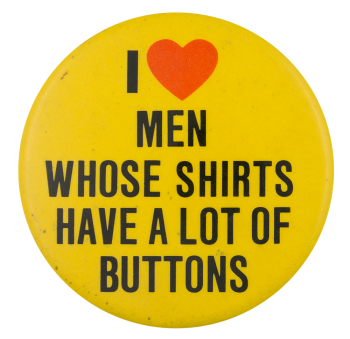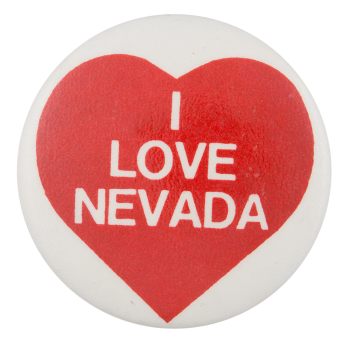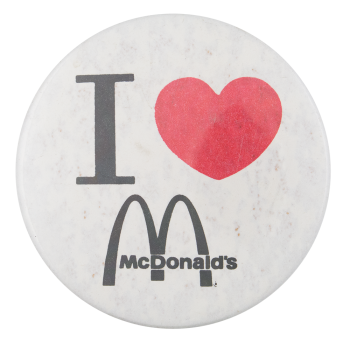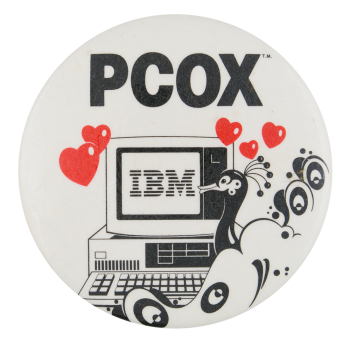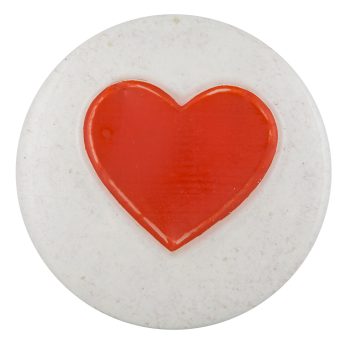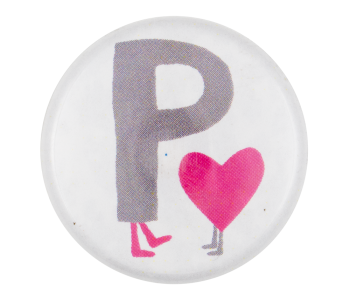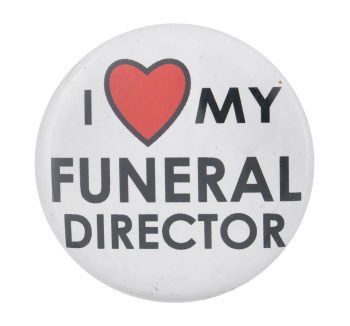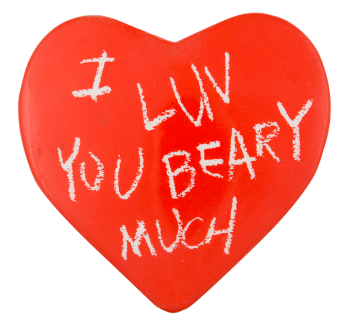I Love Arkansas
| Category | |
|---|---|
| Additional Images | |
| Sub Categories | |
| Text on Button | I Love Arkansas |
| Image Description | The words "I" and "Arkansas" are in blue letters and the word "Love" inside a red heart with an arrow through it and hearts surrounding it. "Arkansas" is stretched across the bottom of the button. |
| Back Style | |
| The Shape | |
| The Size | |
| Additional Information | This is a variation of the "I heart NY" logo that was created in 1977 by Milton Glaser for an ad campaign created by advertising agency Wells Rich Greene. The marketing campaign was sought by then-Deputy Commissioner William S. Doyle to increase tourism in the state of New York. The campaign was a wild success. The original sketch of the logo is permanently on display at the MOMA. The logo has become iconic in pop-culture and has been imitated in many forms around the world. The image of an arrow through a heart often refers to the Greek deity Eros and/or the Roman deity Cupid, who is often depicted as a young boy with wings and a bow and arrow which he uses to strike people into falling in love with each other. |
| Catalog ID | IL0024 |





